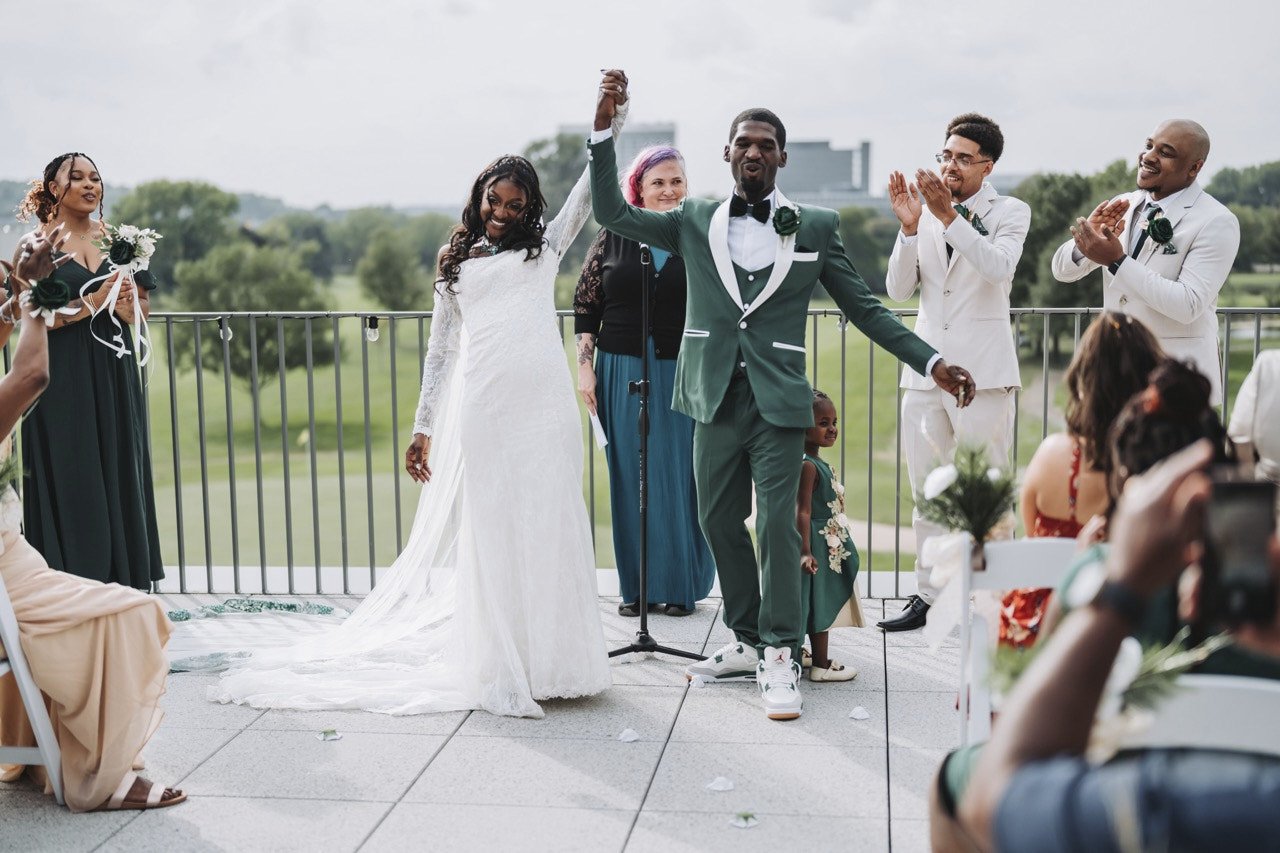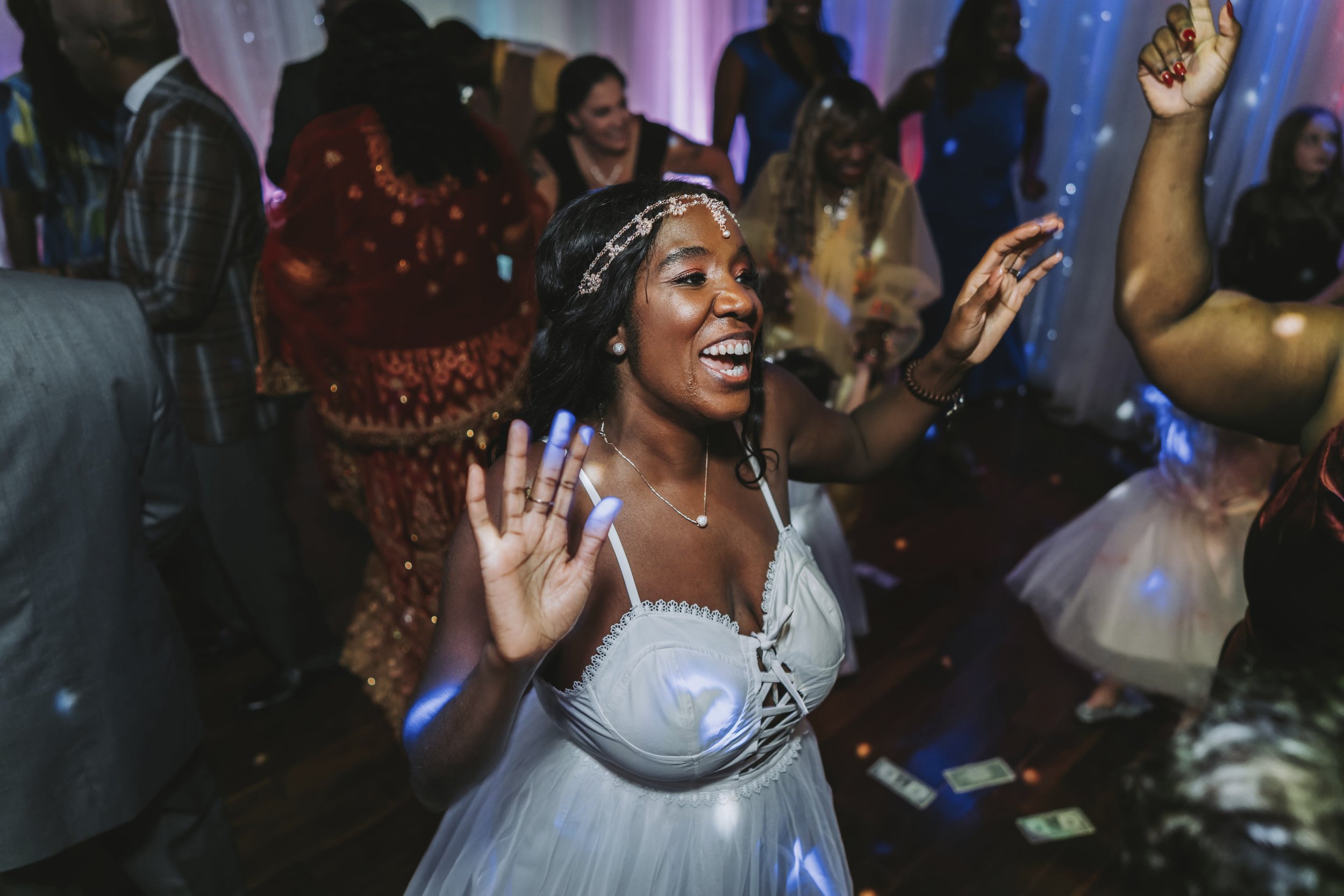
Wedding Planning Guide
1. Start With Your Vision
Before any decisions are made, align on your wedding vision as a couple. Consider:
Style: Classic, modern, bohemian, romantic, rustic, luxury, destination, etc.
Size: Grand ballroom celebration or intimate garden gathering?
Season & Date: Consider weather, venue availability, and meaningful dates.
Budget: Be realistic about your overall budget and where you're willing to splurge or save.
Helpful Tools:
Pinterest boards or mood boards
Vision worksheet (can be found online or created via Canva)
2. Set Your Budget
Your budget is the foundation of your planning. Be sure to include all major categories:
Venue
Catering
Photography & Videography
Attire
Florals & Decor
Entertainment
Planner/Coordinator
Invitations & Stationery
Beauty (Hair & Makeup)
Transportation
Favors & Gifts
Miscellaneous (permits, insurance, tips, etc.)
Pro Tip: Leave 5–10% wiggle room for unexpected expenses.
3. Create a Planning Timeline
A typical planning timeline is 12–18 months, but this can be adjusted to your needs.
Suggested Timeline Milestones:
12+ months out: Set a date, create a guest list, book the venue, hire planner
9–11 months out: Book key vendors (photographer, caterer, band/DJ)
6–8 months out: Order attire, design stationery, hire florist
4–5 months out: Finalize guest list, send save-the-dates
2–3 months out: Tasting, hair/makeup trial, final details with vendors
1 month out: RSVP deadline, seating chart, timeline
Wedding Week: Final payments, emergency kit, rehearsal
4. Assemble Your Dream Vendor Team
Hiring quality vendors is crucial — they’ll bring your vision to life.
Key Vendors to Consider:
Planner/Coordinator – Essential for luxury or destination weddings
Photographer/Videographer – Capture timeless moments (research portfolios!)
Florist – Sets the tone with color and texture
Caterer – Great food = happy guests
Entertainment – Live band, DJ, string quartet — align with your vibe
Rental Company – Linens, furniture, lighting, décor extras
Where to Find Them:
The Knot, WeddingWire, Zola
Instagram hashtags (e.g. #mspweddingplanner)
Preferred vendor lists from venues
Referrals from friends or your photographer/planner
5. Design Your Wedding
This is the fun part! Tie your personality into the design.
Color Palette – Start with 2–3 main tones and 2 accents
Floral Design – Ceremony arches, table arrangements, bouquets
Tablescape – Linens, candles, dinnerware, signage
Attire – Bride/groom outfits, bridal party colors, accessories
Lighting – Uplighting, chandeliers, candles = instant atmosphere
Helpful Tools:
Canva mood boards
Adobe Express or PicCollage
Aisle Planner, AllSeated for layout designs
More info below…but you can fill this out and we can chat
6. Create a Guest Experience
Make your guests feel taken care of from arrival to farewell.
Welcome Gifts (especially for destination weddings)
Transportation coordination
Custom Signage & Menus
Comfort Stations (blankets, heel stoppers, flip flops)
Signature Cocktails & Food Stations
Thank You Cards & Favors
7. Stay Organized
Use planning tools to keep everything in order.
Top Wedding Planning Tools:
Weddingwire/the Knot
Zola
Style Me Pretty
Excel/Google Sheets
POST ITS!!
8. Day-Of Coordination
Even the most detailed plans need someone to execute them. A day-of coordinator is helpful, especially if you're not hiring a full-service planner.
Timeline execution
Vendor coordination
Emergency management
Stress management for the couple and family
If you don’t want to, or are unable to use find a day of coordinator - reach out and leverage the following people:
Photographer - they can be helpful in making sure the timeline is executed.
Venue coordinator - use them for vendor coordination
Trusted friend - emergency and stress management
9. After the Wedding
RELAX. YOU ARE MARRIED.
Thank You Notes – Send within 6–8 weeks
Preserve the Gown / Bouquet – Use a preservation service
Review Vendors – Give helpful feedback and tag them in photos
Album & Video Delivery – Select your favorite memories










